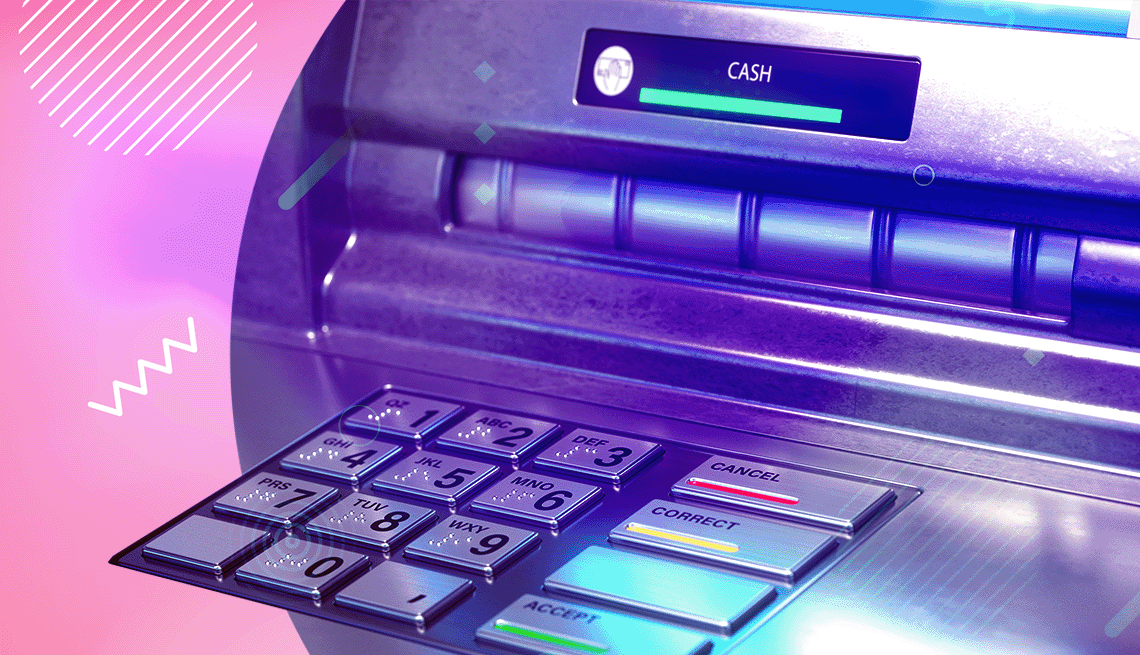AARP Hearing Center


Bank fees have fallen since the pandemic, but that hasn’t stopped consumers from spending huge sums on these added expenses. Dubbed “junk fees” by the Consumer Financial Protection Bureau (CFPB), bank fees drain billions of dollars from American households each year.
They run the gamut from charges for not having enough cash in your bank account to charges for withdrawing money from an out-of-network ATM. In 2024, Americans paid an estimated $12.1 billion in overdraft and non-sufficient fund fees, up from $11.8 billion in 2023, according to a data analysis by the Financial Health Network.
It’s not just overdraft fees that are hurting American’s bank accounts. ATM fees are also up, with the average ATM surcharge at $3.19, according to Bankrate. Meanwhile, the average combined ATM fee for an out-of-network withdrawal (the fee paid to your own bank as well as a surcharge levied by the ATM owner) is $4.77, up for the fourth year in a row.
The silver lining? According to Greg McBride, chief financial analyst at Bankrate, bank fees, while “still as ever present as they have been, ... are also more avoidable than ever before.”
If you’re looking to reduce overdraft fees, monthly maintenance charges or fees for withdrawing cash, there are ways to do so — and they don’t require finding a new financial institution. Here’s how you can avoid the most common bank fees.
ATM Fees
Withdrawing money at ATMs is all about convenience, which is why so many consumers go to the nearest location, even if it’s not in their bank’s network. Sure, withdrawals are free at your bank’s ATMs, but if you need cash in a pinch and there is none nearby, the fees for using out-of-network ATMs can add up. To avoid these fees, do the following:
Stay in network. “There are tens of thousands of ATMs around the country in some of these networks,” says McBride. Locating them is easier than ever these days. A quick check of your bank’s website or mobile app should yield a list of nearby ATMs. Also, some online banks that don’t have their own ATMs will reimburse you for any ATM fees you incur.
Get cash back at the point of sale. When you use your debit card at a store checkout and get cash back, you’ll avoid a visit to an ATM and thus a potential fee.




































































More From AARP
These Retailers Won't Accept Paper Checks
Find out if your favorite store is on the list99 Great Ways to Save 2024 Edition
Make your money work harder for you — and save on entertainment, health care and groceries
Can You Pass the Retirement Fluency Test?
U.S. adults score low on financial literacy quizRecommended for You